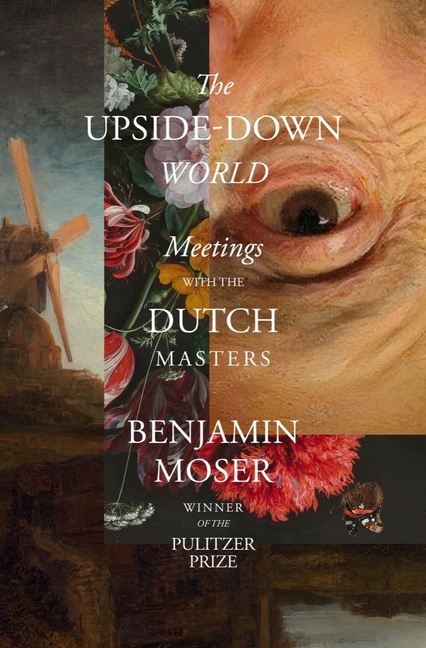An excellent companion: conversational and congenial, essayistic and elevating ... In a series of digestible pieces, each devoted to an individual artist, Moser combines biographical capsules and historical context with commentary on key works. I’m familiar with all the artists included, but I learned many things I didn’t know and was glad for Moser’s wider, worldly perspective ... The book wanted to be something other than it seemed to be. The dissonance came more from subtle shifts in Moser’s tone than any more-overt waywardness ... Moser’s prose is not flashy. He writes well, with an attractive specificity and receptiveness, about the art itself ... The shifts in Moser’s tone are part of his attempt to draw the general reader in with personal revelations. More and more nonfiction authors are choosing this route. At first (for me, anyway), this strategy was distracting ... But by the book’s end, I found that Moser’s intimate asides had accumulated into something affecting and open-ended ... The Upside-Down World is much more than an elegant guide to Dutch painters. I had the sense Moser didn’t know he wanted it to be more than that while writing these pieces, with the result that at times the book is neither one thing nor another. But I suppose that makes it, commendably, its own kind of thing — and one of several reasons this book will stay with me.
Read Full Review >>

